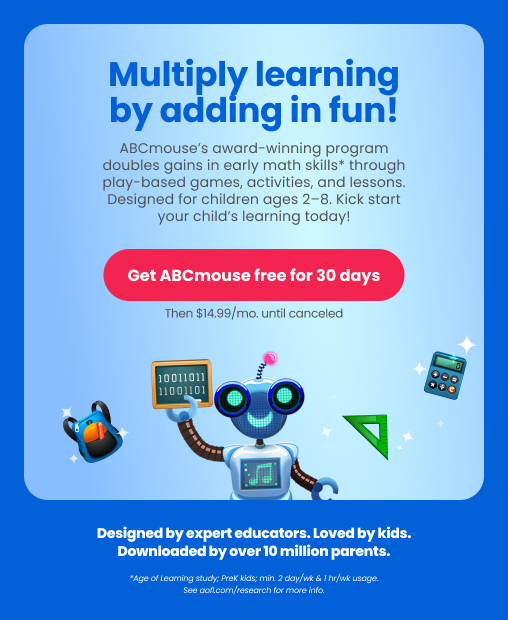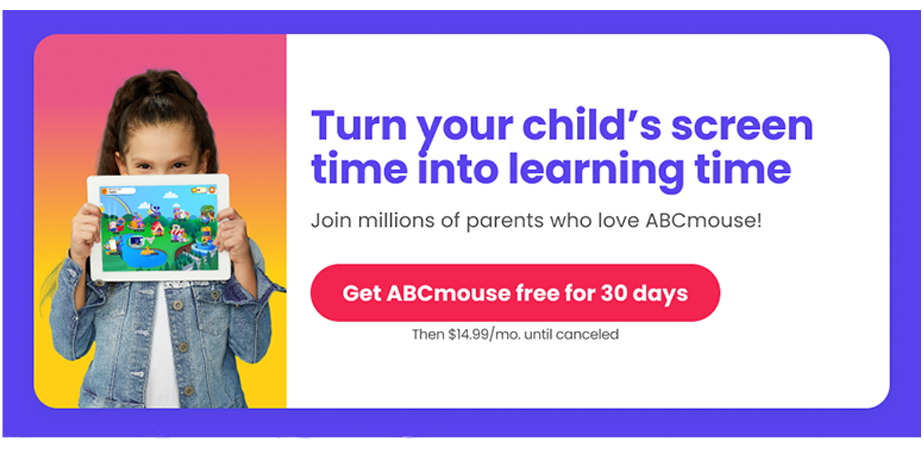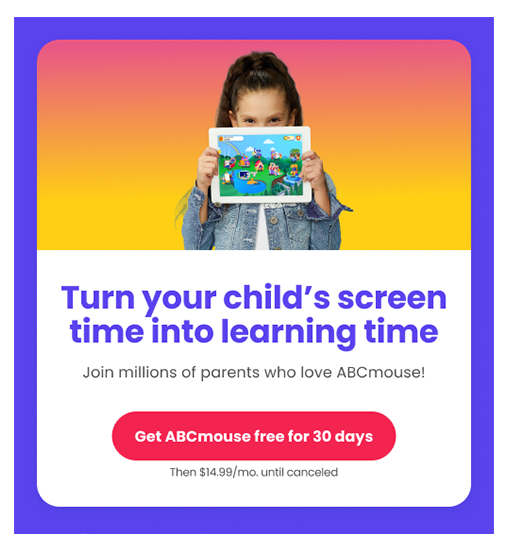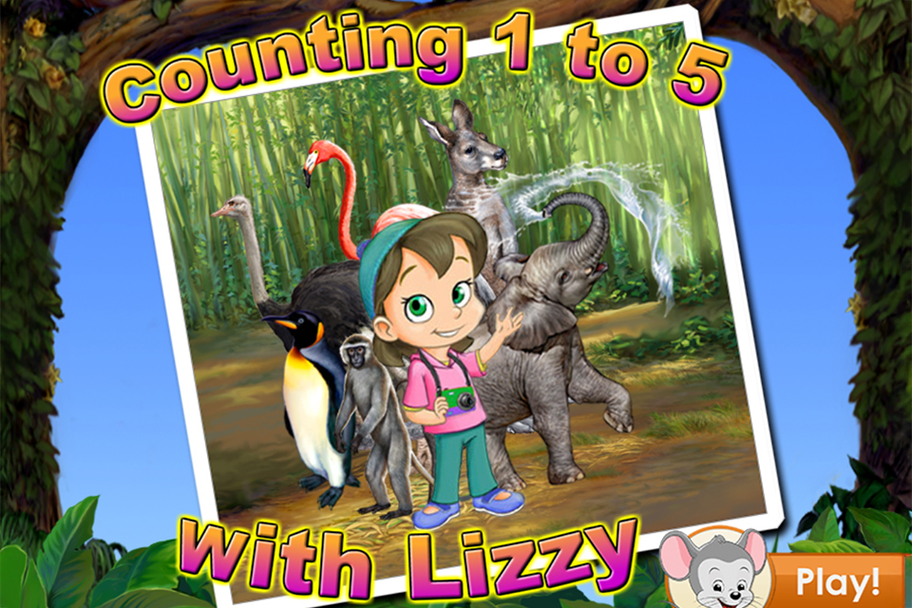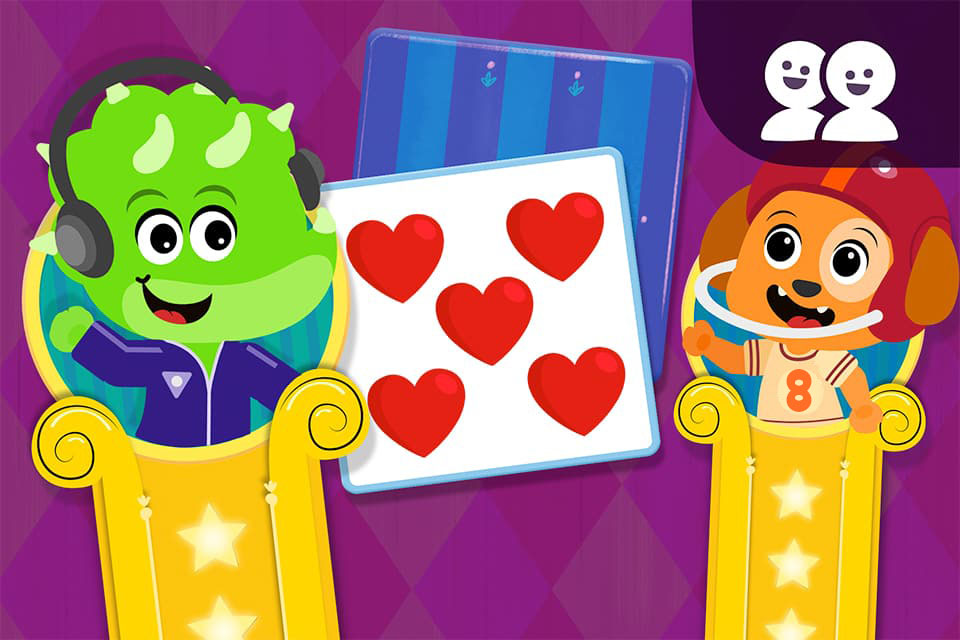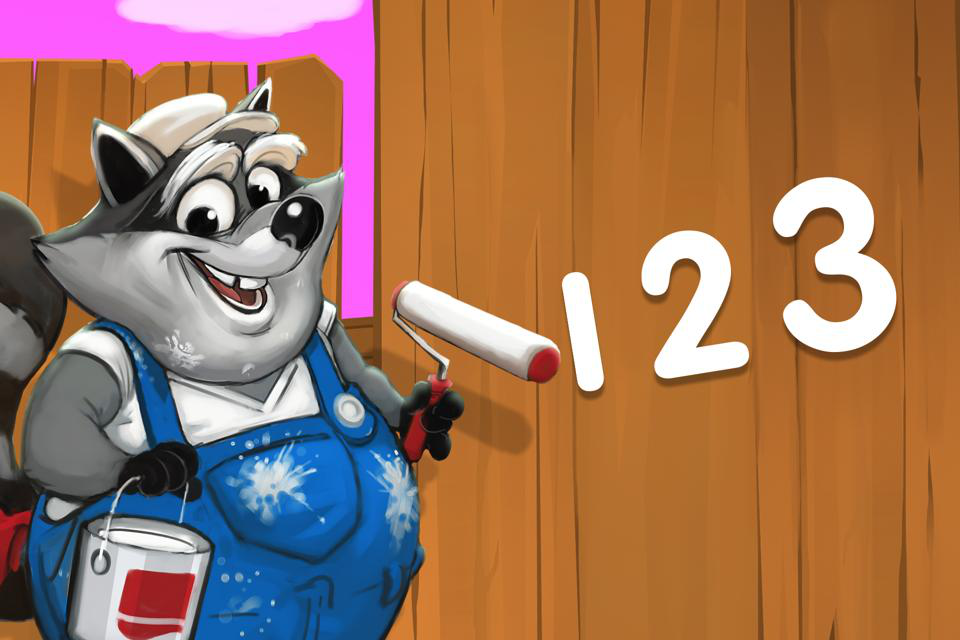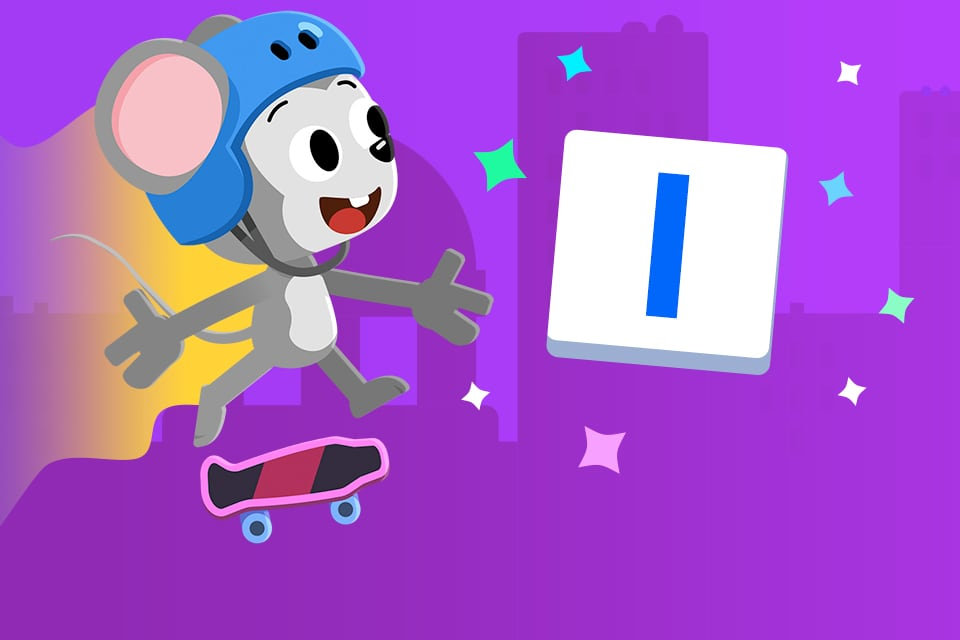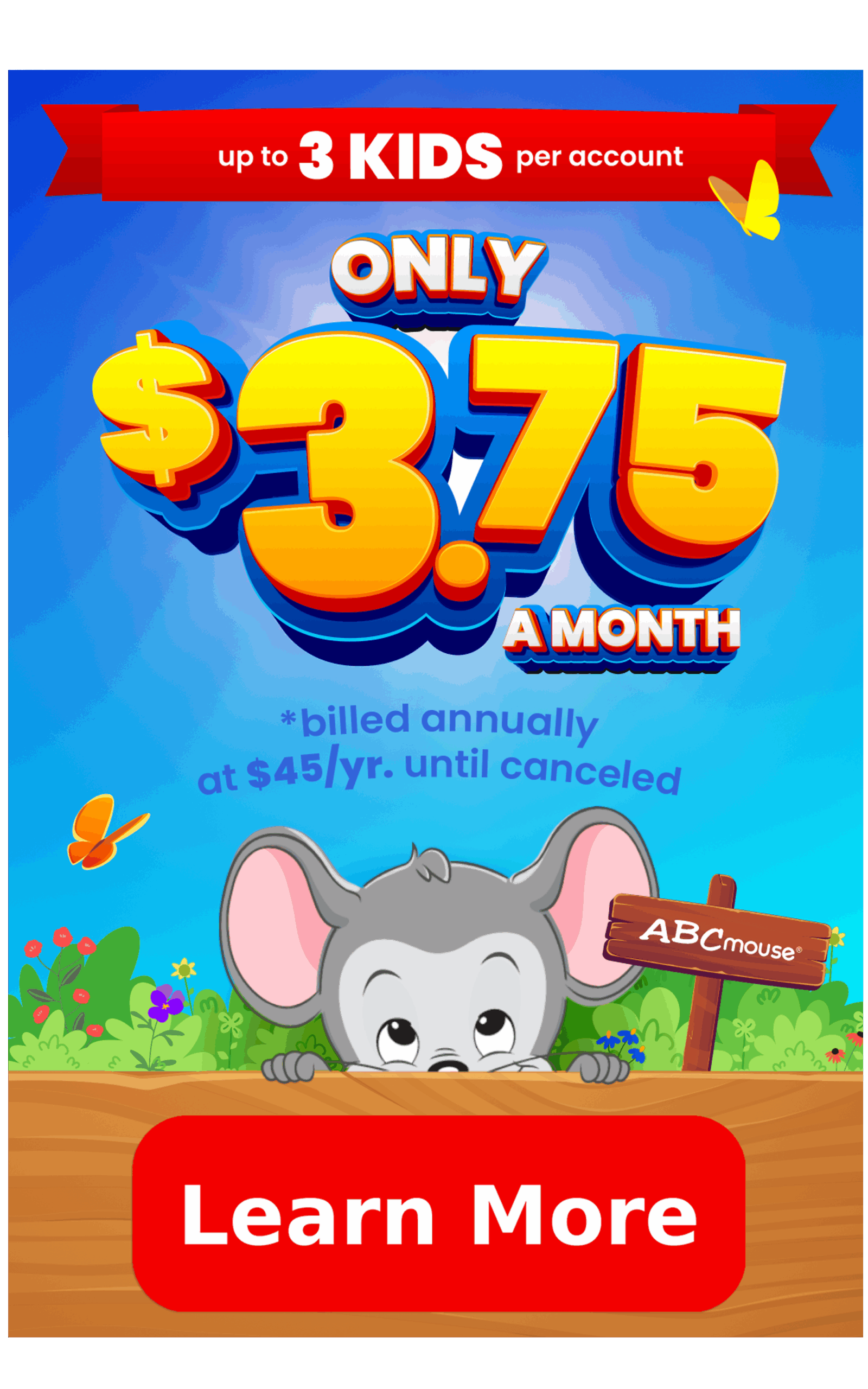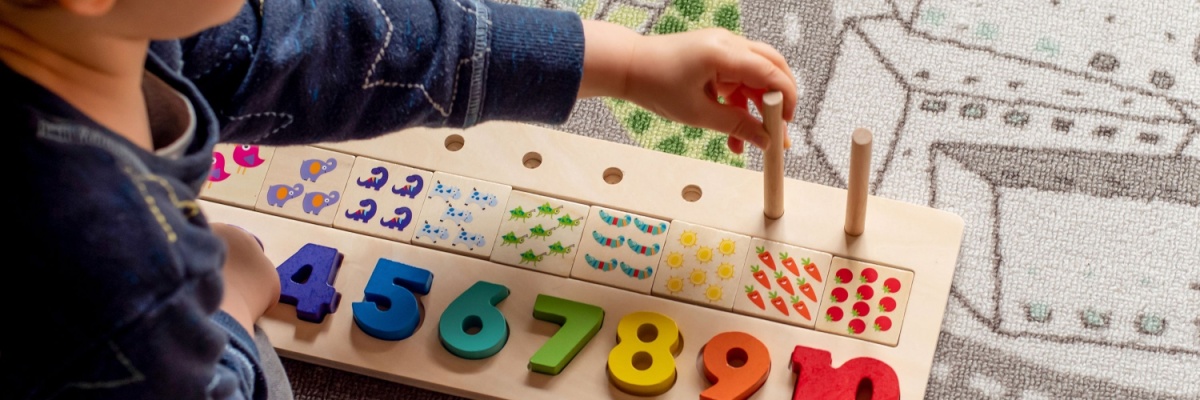
Fun Ways to Teach Counting to Young Children
Counting skills your child should learn, plus fun activities to help!
Summary: Teaching preschoolers to count starts with hands-on, everyday activities like counting steps, snacks, and toys. By engaging them through songs, games, and real-life examples, children build number recognition, one-to-one correspondence, and cardinality naturally.
Learning how to count is a major milestone in a child’s education, one that sets them up for basic arithmetic and all the advanced math that follows. A report from the Northwest Evaluation Association highlights the importance of early math skills, citing a study from the University of California, Carnegie Mellon University, and the University of Michigan which determined that “preschool math knowledge may predict math achievement through age 15.”
Research like this underscores the significance of early math skills, and helping a child learn to count is a great place to start. However, counting is more than just the ability to say the numbers in order. Kids must also learn that numbers represent groups of items and that numbers are represented in writing as numerals, which is why it’s important to teach counting and number recognition hand-in-hand.
The ABCmouse Preschool Math Curriculum offers interactive games, fun activities, and structured lessons to help preschoolers build strong foundational math skills.
When Do Kids Learn to Count?
Most children begin learning their numbers as preschoolers. Around age three, you can begin to focus specifically on number recognition, counting, and other preschool math skills to encourage exposure to counting and quantity concepts in daily life. Giving children early and consistent experiences of counting, such as counting small sets like their fingers or toys, and asking them questions like “Which group has more?” can help them start developing the concepts of numbers and counting.
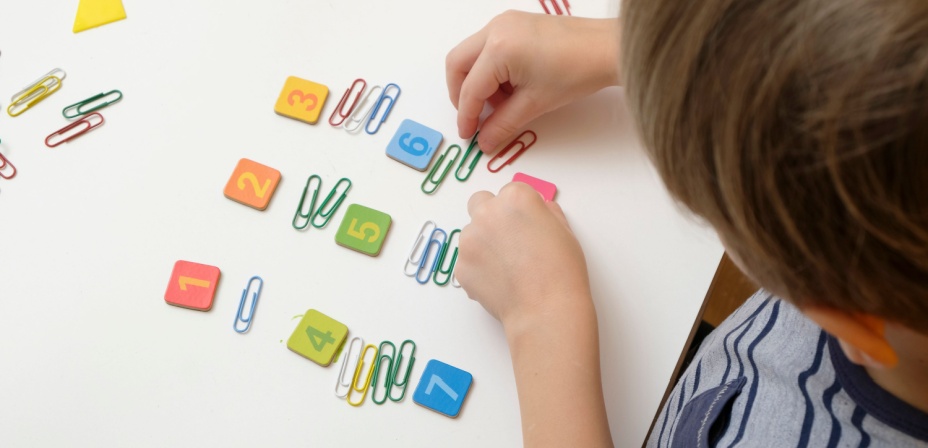
In kindergarten, kids often learn to count to 100 by ones AND by tens, count on from numbers other than 1, write numbers up to 20, and compare two groups of objects.
First graders typically learn to count, read, and write numbers to 120, including from numbers other than 1. First grade is also when students truly start relating counting to addition and subtraction.
Benchmarks in a Typical Learning Trajectory for Counting
As kids learn how to count, be sure they’re mastering these key skills:
Reciting (Rote Counting)
Reciting in math refers to saying numbers out loud (by ones to 10) in order from memory. Reciting numbers in order from memory is different from counting. Counting involves understanding that each item in a set is counted once and the last number stated is the total for the set. Reciting numbers, however, involves saying them in chronological order.
One-to-One Correspondence
This part of counting refers to ensuring children count each item in a set, without missing or repeating any. We usually teach this by having kids touch each item as they count it.
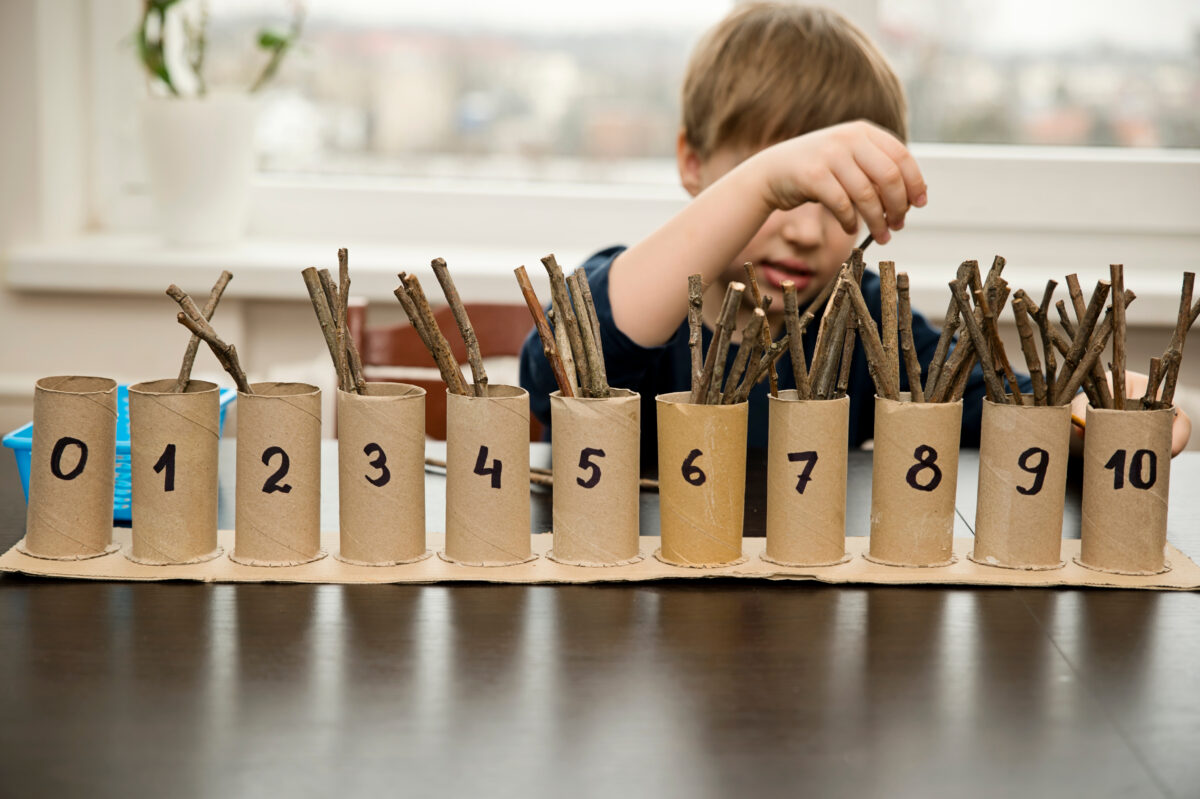
Start by having kids count items set out in neat lines, since it’s easier for them to ensure they don’t miss any. When possible, have them pick up and move each item to a different pile as they count it. Remind them that each item in a group is only counted once. When your child has mastered this skill, you can progress to having them count items in random arrangements, checking to make sure they are tracking which objects have been counted and which have not.
Cardinality
This term means understanding that a number represents the total items in a set. When we count items, the last number counted is the cardinal number. If you count one-two-three-four bananas in a bowl, the cardinal number is four.
Kids don’t need to know the term “cardinal number,” but they do need to make the connection between a number and the quantity of items they’ve counted. Here’s an example:
Imagine a child counting beans, saying “one, two, three, four, five, six.” Six is the cardinal number in that set. When your child finishes counting the individual beans, ask them how many beans there are altogether. They should answer “six.”
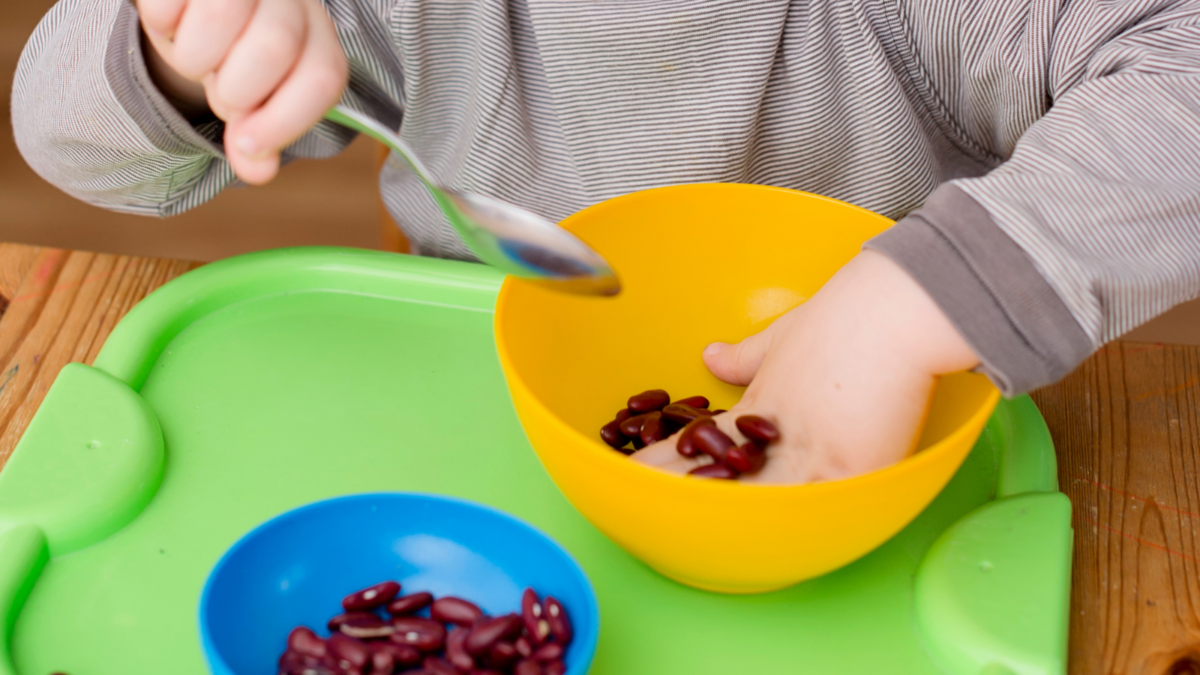
Early Subitizing
Subitizing is the ability to quickly and accurately recognize how many items are in a small set without counting. For example, you might subitize if you can tell how many dots are on a rolled die without counting them. Subitizing helps to set the stage for counting on and flexibly composing and decomposing numbers.
The act of comparing two small groups of objects (start with 1-5 objects for young children) and determining which has more or less by sight alone provides a great way for children to explore quantity and practice with subitizing early on. Try filling two small plates with a few crackers and ask your child to determine which plate has more or less crackers. Then challenge your child to tell you how many crackers are on each plate without counting them one by one.
Producing
Producing refers to a child’s ability to determine a certain number of objects when asked. For instance, if you asked your child to bring you five crayons, they would need to count out that number of crayons. This not only uses a child’s counting skills but also uses their ability to keep a number in their mind while counting and stop at the number when they get to it.
Comparing Numbers
Comparing numbers and amounts, such as “more and less” and “bigger and smaller” as they relate to numbers is another important skill for children to learn.
Here’s a way to help your child practice this at home: Lay out two groups of items, and have your child count the number of items in each group. Then ask which group has more and which has less. Write out the numbers, and ask which number is bigger and which is smaller. This basic concept readies kids for skills like subtraction.
Counting On
Many kids can recite the numbers one to ten quickly, all in a row. But what if you ask them to start at four or six instead of one? Students need to be able to pick up at any number and continue counting. This concept is called “counting on,” and it’s another key skill that prepares kids for activities like addition.
Counting Backwards
Just like counting on can help with addition skills, learning to count backwards can help children understand the concept of subtraction. As children count backwards, they are essentially “taking one away” as they work their way backwards down a set of numbers. When practicing the skill of counting backwards with your child, make sure they include the number zero.

Skip Counting (by 10s, then by 5s and 2s)
Skip counting is a method of counting forward or backward by a number other than one. It involves “skipping over” a specific number of places in the counting sequence. For example, to skip count by 5, you would start at 0 and skip the next number to go to the fifth number, which is 5. You would then continue counting every fifth number, such as 0, 5, 10, 15, 20, and so on.
When introducing skip counting to children, start by skip counting by tens first, then move on to skip counting by 5s and 2s. Try these skip counting dot-to-dots and coloring sheets to add some fun to this activity.
Fun Activities and Games for Learning How to Count
Counting is one of those skills kids can practice just about anywhere, and these hands-on games and activities make it all a lot more fun.
Walk and Count
Take a walk and count your steps as you go. Count the number of steps it takes to get to the neighbor’s house or the corner, then write that number with sidewalk chalk or on a pad of paper you carry with you.
Online Counting Games
Well-designed online games are a fantastic way to help kids learn to love math. Here are some of our favorite online counting games to try:
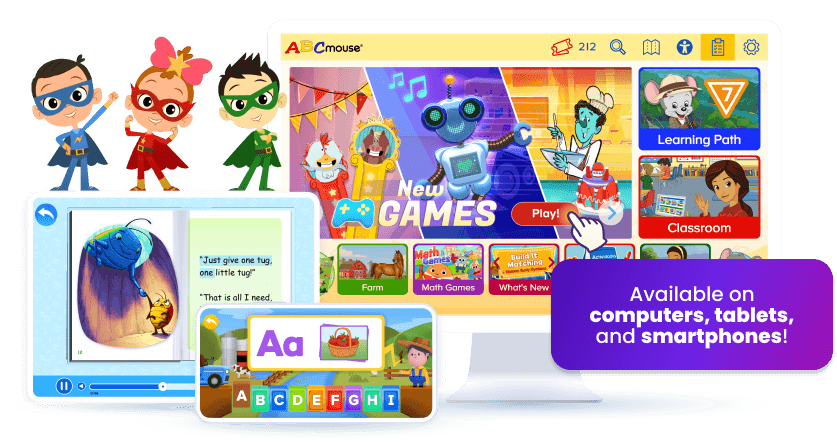
Here are some of our favorites for number recognition games you can PLAY for FREE online:
Counting 1 to 5 With Lizzy
Help Lizzy count the animals she saw at the zoo! Click each animal and watch the numbers go up from 1 to 5 as you turn the pages.
Memory Match – Counting 1 -10
Take turns matching numbers and counting sets from 1 to 10! Practice early math skills together in this fun 2-player memory game.
Numbers on the Fence
Listen carefully and click the correct number on the fence! Practice number recognition from 1 to 20 in this fun and interactive math game.
Number Grab #1
Tap to grab all the number 1s you see! Build number recognition and focus in this fun, fast-paced counting game.
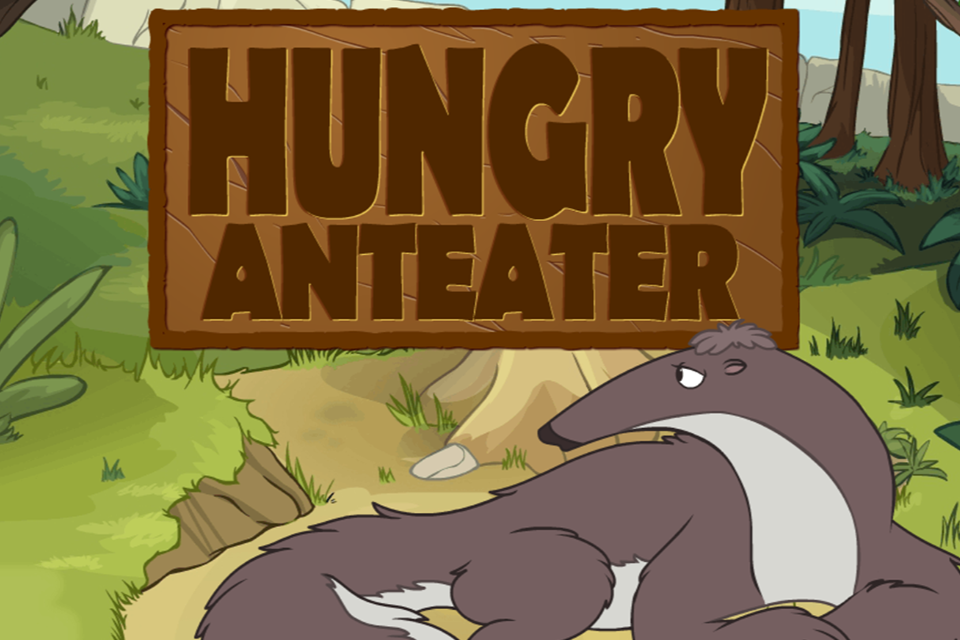
Hungry Anteater
Help the Hungry Anteater eat the right number of black ants—just be sure to avoid the red ones! A fun way for kids to practice counting and number recognition.
Counting Videos
Use screen time to your advantage with videos that demonstrate how to count. Try this counting video from ABCmouse, where kids learn to count from 11 to 20 with the help of some playful little birds on a wire.
In-a-Row
Hand kids a stack of mixed-up number cards or a handful of number beads or magnets. See how quickly they can put them in the correct order.
Encourage counting on by using numbers starting at something higher than one, or practice skip counting by giving them only cards that fit the sequence.
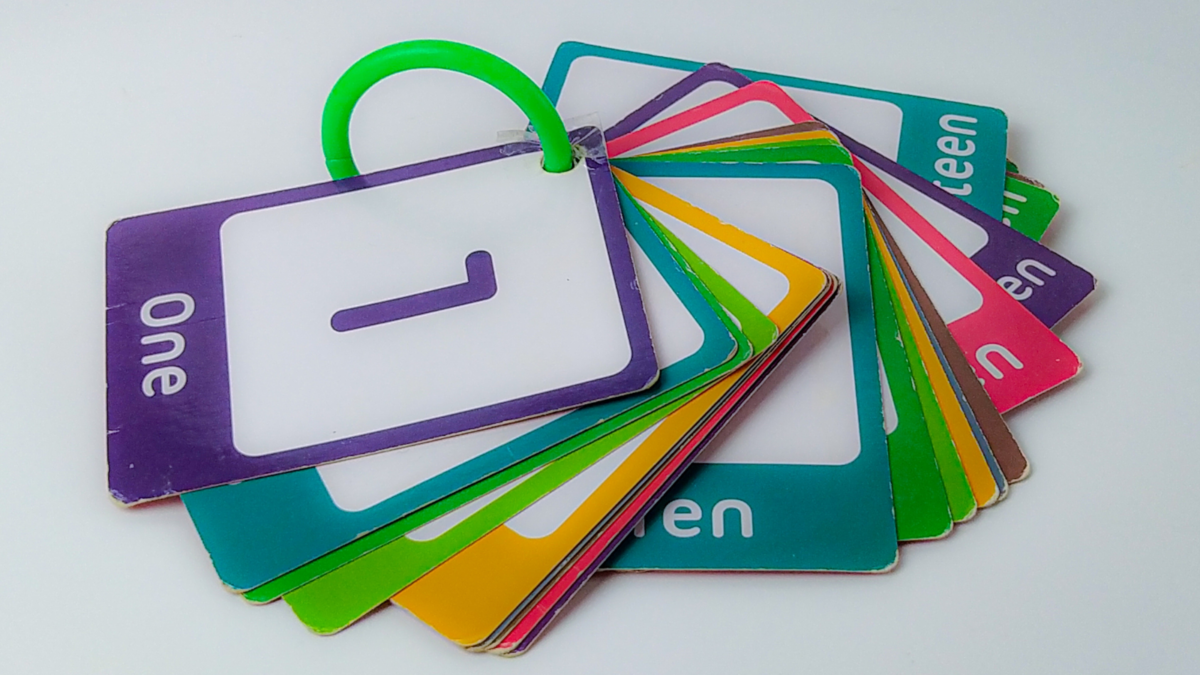
The Counting Game
This is like the alphabet game, and it’s great for long car rides. Look for numbers on license plates, billboards, road signs, and more. Set a target number, then begin by looking for zero and counting your way up.
Largest to Smallest
Counting backwards is an important skill. Practice putting number cards or beads in order from largest to smallest. You can also compare groups of items and determine which has more and which has less.
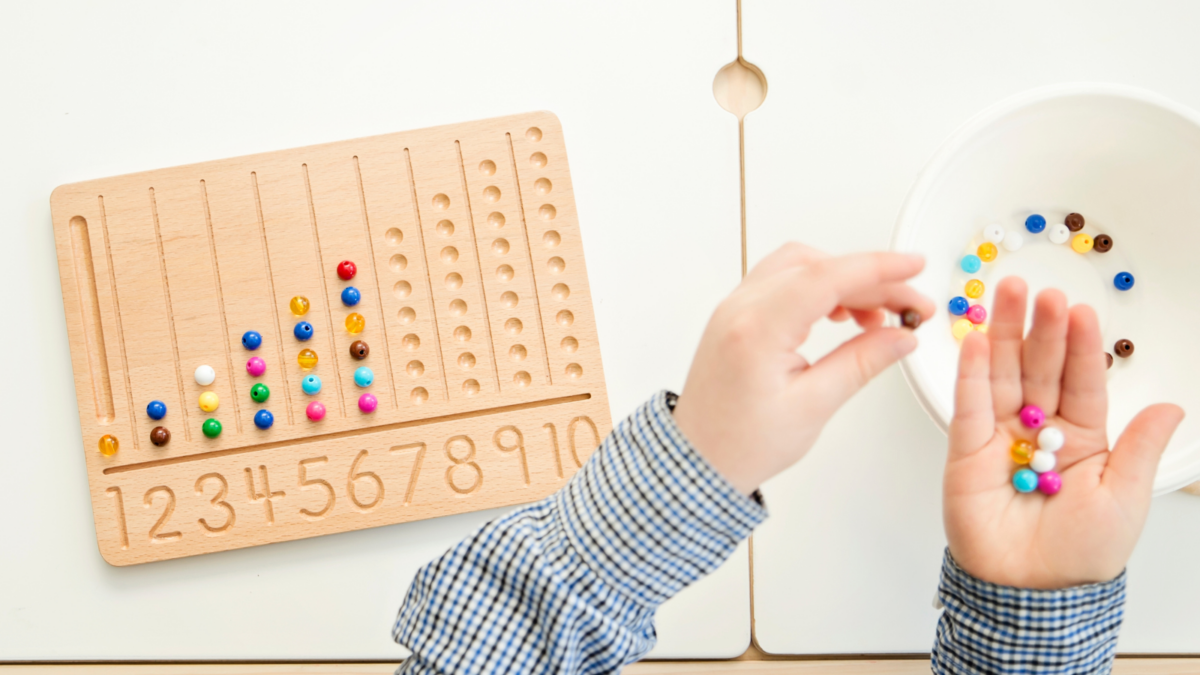
Counting Songs
Singing is such a fun way to learn, and there are so many terrific songs out there that help kids learn how to count. Get started with the ABCmouse counting songs Monster Counting or Ten in the Bed.
Number Line Jump
Draw a life-size number line on the driveway with chalk or use tape on the floor instead. Then, have fun jumping your way from one number to the next! This is an especially fun way to practice skip counting, as kids love to see if they can make the leap across several numbers at once.
Before and After
Learning to recognize the numbers that come immediately before and after a specific numeral helps kids with order and sequencing. Hand them a number card or magnet and ask them to name the number that comes just before and the one that comes after. You can also use a number line or hundreds chart with some of the numbers blanked out.
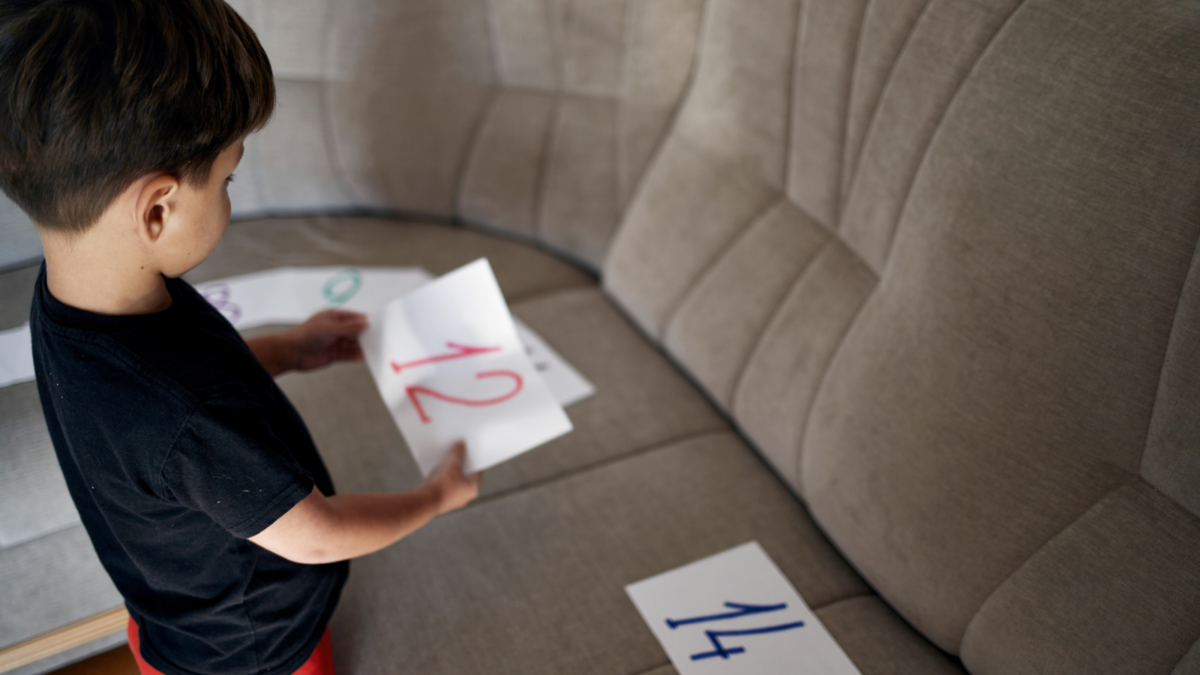
Board Games
So many board games require counting skills that just about any one you pick will work. Some of our favorites include Hi-Ho Cherry-O and What’s My Number, but any game involving dice and moving along a board is perfect for learning how to count.
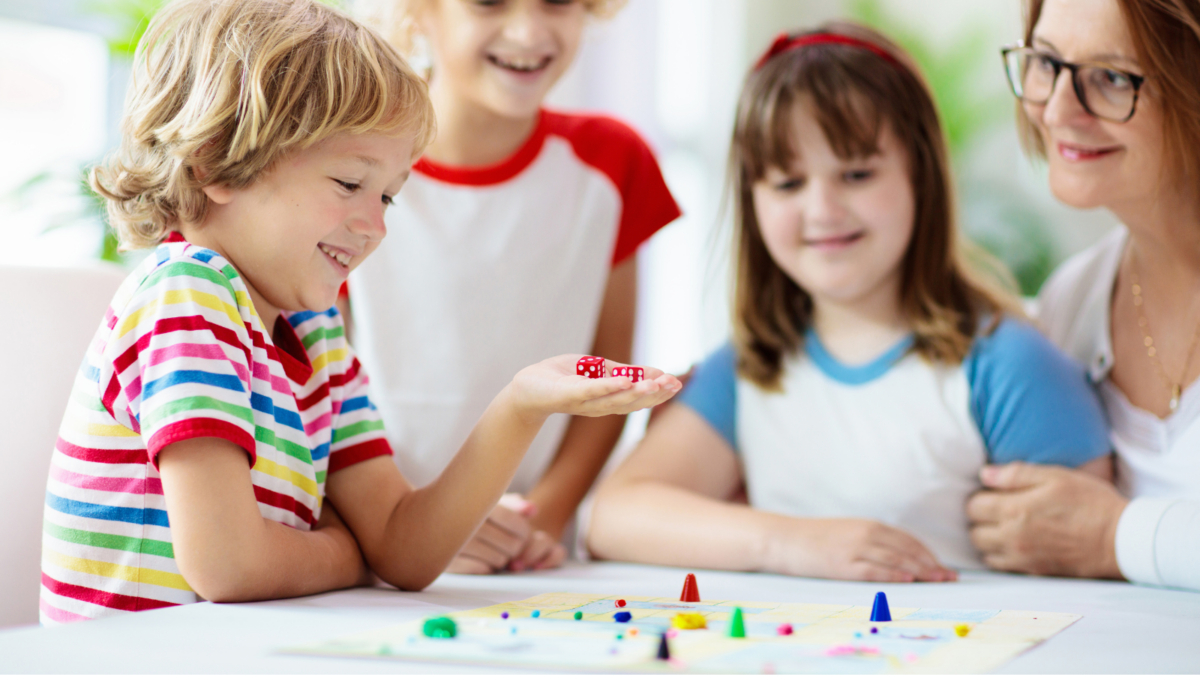
Roll the Dice
Speaking of board games, round up those dice and use them on their own for learning to count. Start by rolling one die and counting the number of dots. Then roll another, and count on from where you left off. Or roll a bunch of dice and count all the dots at once.
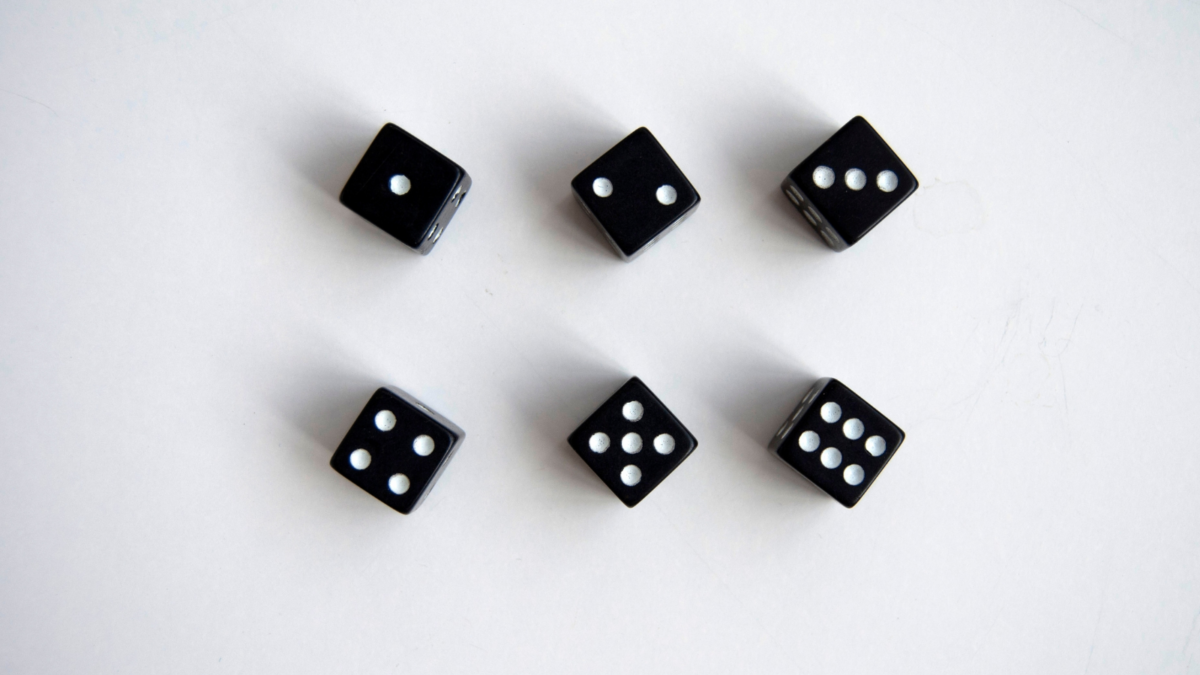
Be sure to write down the numbers too so kids get practice writing numerals. This is also a great opportunity to add in subitizing work as well, as children will need to instantly recognize the amount rolled on a single die without counting.
Counting Snacks
When it’s time for a snack, count out items like grapes or crackers together into a bowl, and then count them as you eat too. From time to time, stop to count how many are left and determine how many have been eaten.
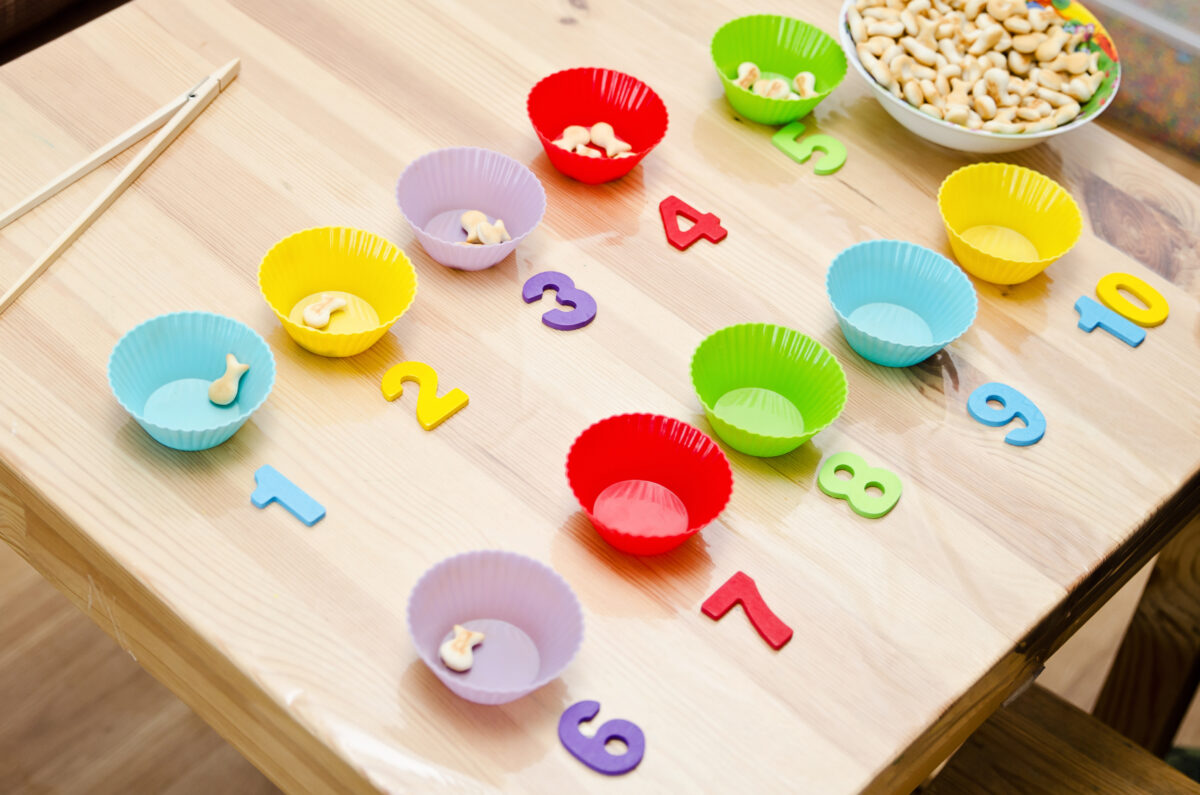
Stack and Count
Kids love to build towers out of just about anything. Add a number element to the game by counting as they stack. Hold contests to see who can stack the fastest or build the highest tower. Don’t forget to count everything as you put it away too!
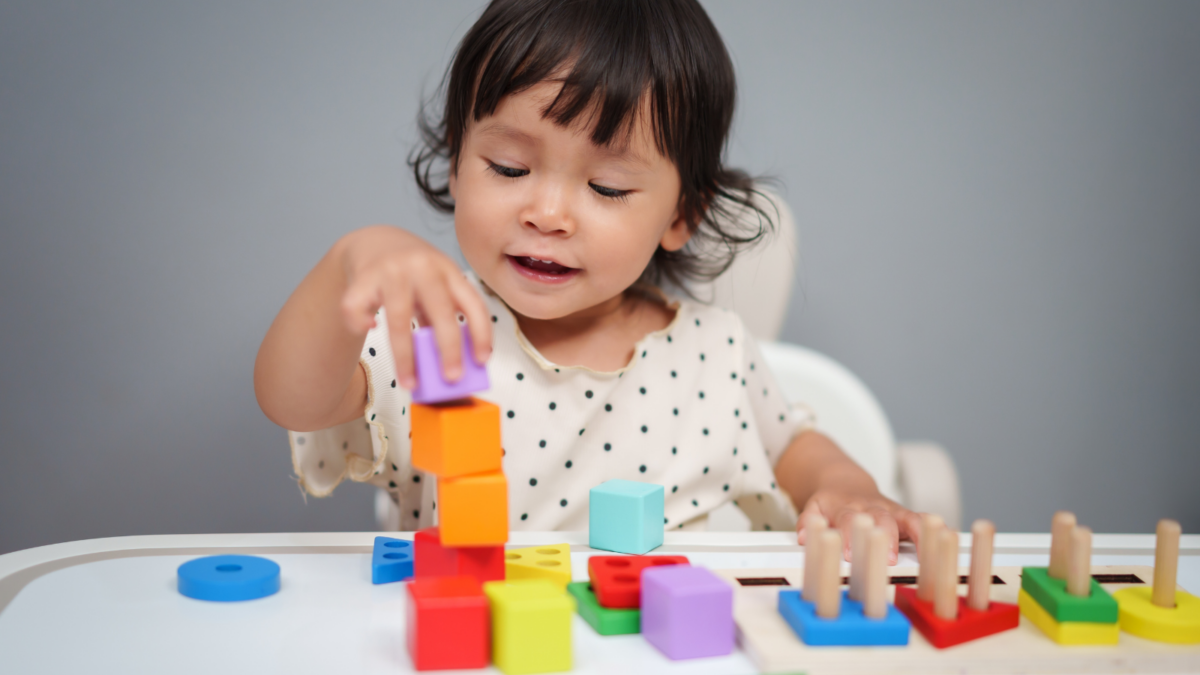
Scavenger Hunt
Set up baskets or boxes labeled with numbers. Then, send kids out to find items to fill up the boxes. For instance, they might bring three toy cars to the box labeled 3 or fifteen crayons to the box labeled 15.
Hoop Shoot
Shoot baskets or take turns tossing a ball (or even crumpled paper) into a bin. Count each basket you make out loud, and be sure to write down your final scores when you finish.
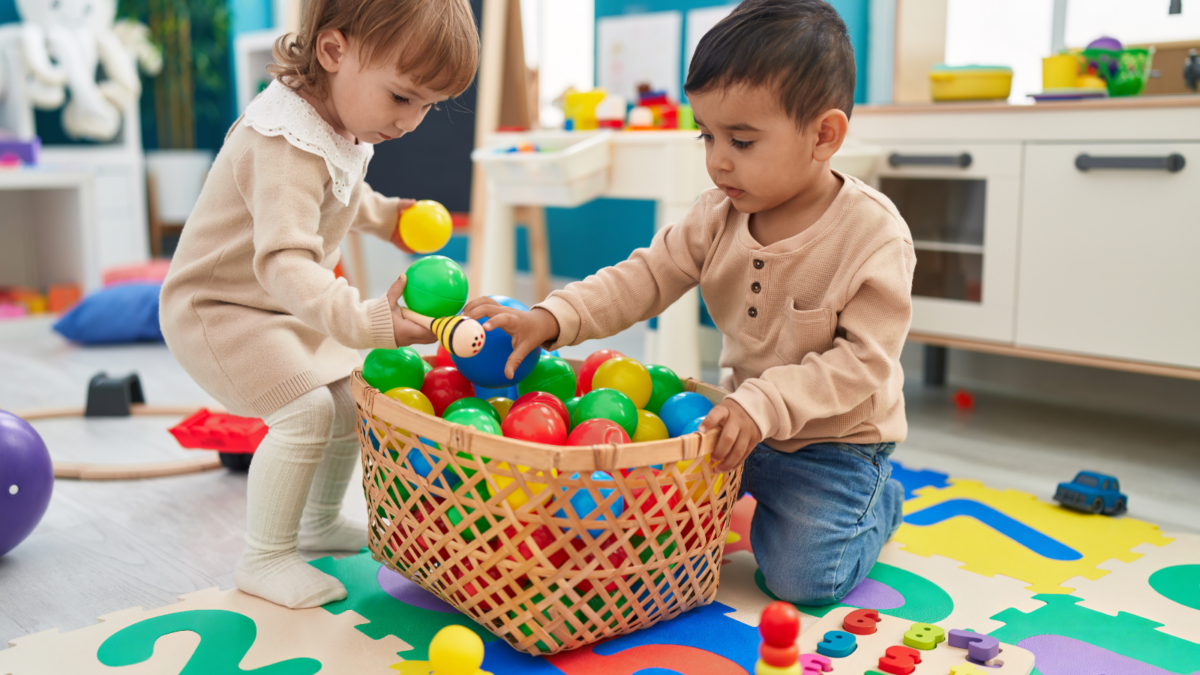
Paper Chain Countdown
Choose an upcoming event, like a holiday or a vacation. Use the calendar to count the number of days until it arrives. Make a paper chain with one link per day, then hang it up. Each day, tear off one link, and count the number that are left.
Plastic Bottle Bowling
Save up some plastic bottles, then set them up in the classic bowling formation. Take turns bowling a small ball and seeing how many “pins” you can knock down. Count both the ones you knock over and the ones left standing.
Bead Slide
String colorful beads onto a long pipe cleaner or a piece of yarn. Slide all of them to one side, then begin counting as you slide them over to the other end. You can turn these counting strings into a necklace or bracelet too.
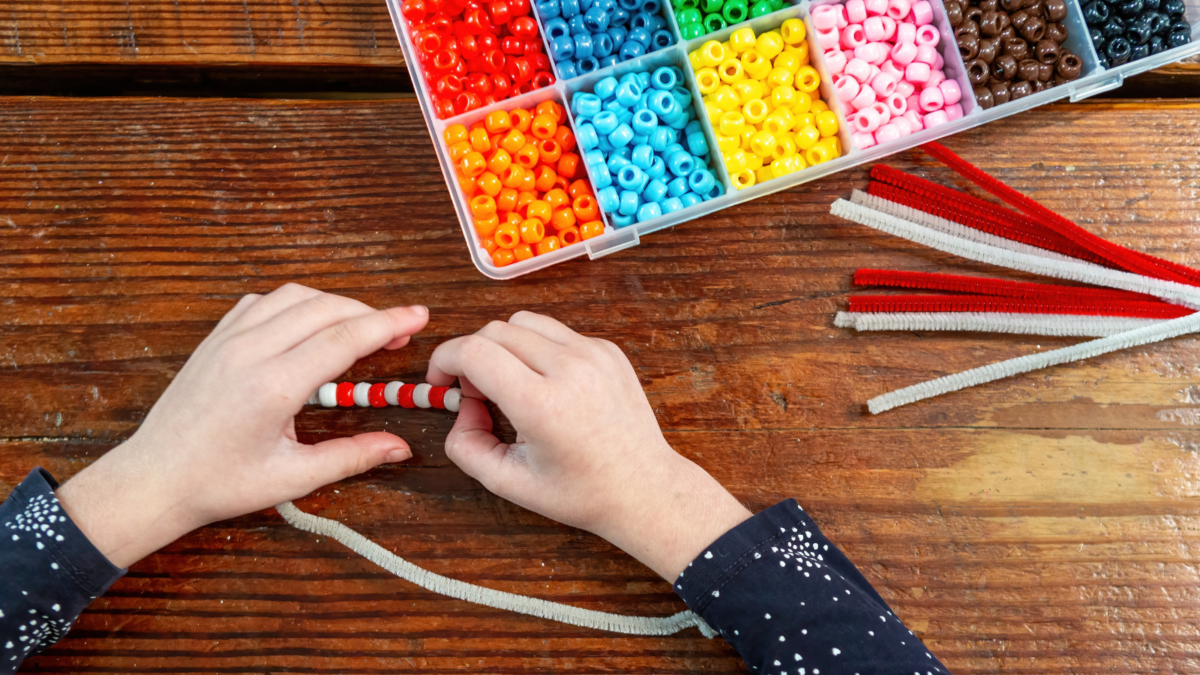
Counting Routines
Work counting practice into your daily routines. For instance, count the steps as you go up and down them or the number of plates and cups as you set the table. You’ll be surprised by how many things you can find to count each and every day!
Jumping Competition
Who can jump the most times in 30 seconds? How about one minute? Count out loud as you jump, and then do it again to try to break the record!

ABCmouse’s expert advice review process:
Our team of ABCmouse Curriculum Experts, made up of talented professionals in early childhood education and development, take a close look at educational content and learning claims. They put in the effort to make sure our information is accurate and current. We have a certified educator or another respected authority review the content, matching their expertise with the topic at hand. They’ll make sure the content is thorough and follows the latest research and educational guidelines. If they think we can make things even better, they’ll chat with our editorial team, and we’ll make those improvements right away. Only after a reviewer gives their thumbs-up does a piece of content get the official stamp of approval in the byline.
Additional Resources
ABCmouse has kindergarten addition programs and games designed by early education experts to help your child learn addition:
Important Math Concepts for Preschoolers
Focus on these key concepts to help your child start understanding math in the word around them.
Browse ➜
Hands-on Math Activities for Preschoolers
Try these simple games to help your preschool child master basics like counting, comparing numbers, recognizing patterns, and more.
Browse ➜
Online Math Games for Preschoolers
Digital math games offer an engaging way for children to keep practicing their math skills.
Browse ➜
Legal Disclaimer: Any information, materials, or links to third-party resources are provided for informational purposes only. We are not affiliated with and do not sponsor/endorse these third parties and bear no responsibility for the accuracy of content on any external site.



